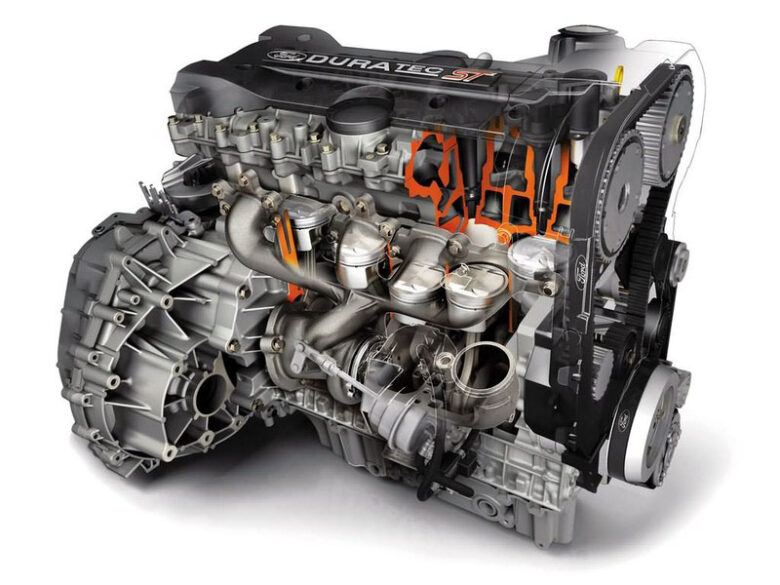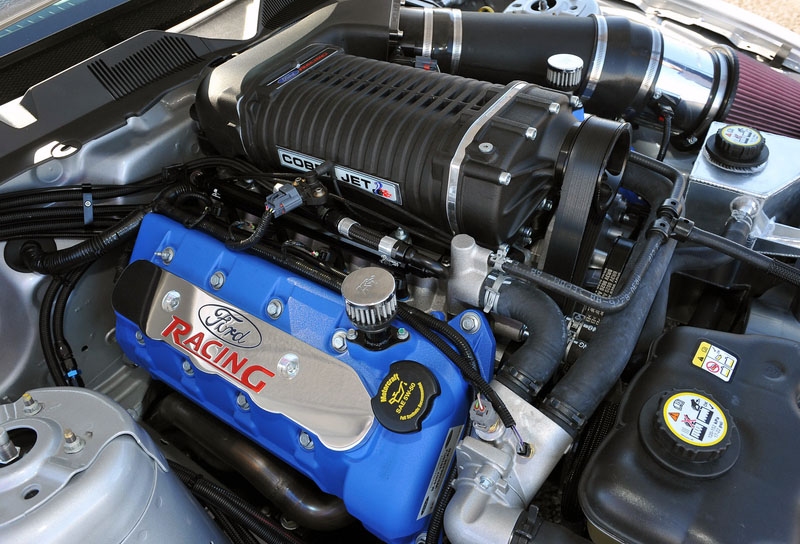Most Popular Ford Mustang engine options
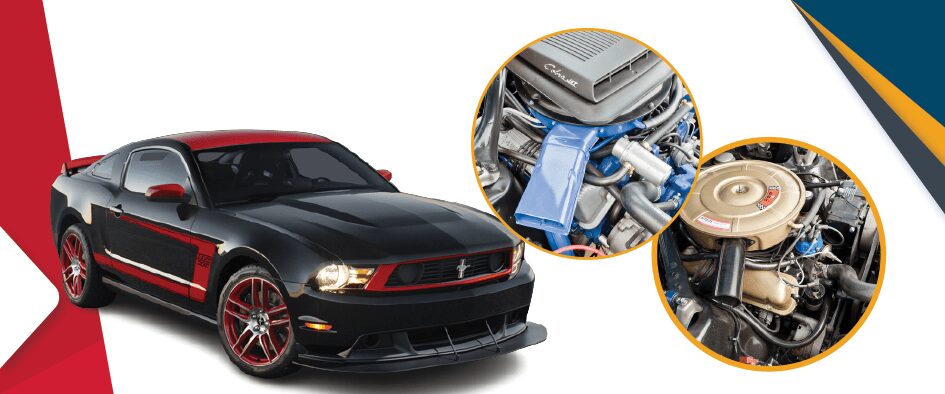
When you think of iconic cars, the Ford Mustang is probably one of the first that pops into your mind. Since the day it hit the streets, the Mustang has been all about flexing its muscles, showing off its speed, and leaving other cars eating its dust.
And guess what? A huge part of that awe-inspiring performance comes from the engines that have graced its mighty engine bays over the years.
Today, we’re embarking on an adventure to uncover the magic behind Ford Mustang Engine Options.
We’re getting up close and personal with these powerplants, discovering their unique strengths and features, unraveling the technologies that make them tick, and unearthing the stories that brought them to life.
As a die-hard Mustang fan, a car enthusiast, or just someone curious about what makes a Mustang purr, get ready to dive deep into decades of engineering brilliance, raw power, and the sheer artistry of performance.
Let’s dive in…
Ford Mustang engine options - High Performance 289 V8

Back in 1964, when the Ford Mustang first came out, it was more than just another car. It was a big leap in the car world. And guess what? Inside the Mustang was the High Performance 289 V8.
With a four-barrel carburetor, solid lifters, and high-flow heads, it produced 271 horsepower and 312 lb-ft of torque. Its responsive throttle and effortless acceleration contributed to the Mustang’s early reputation as a potent muscle car.
With 271 horsepower and 312 lb-ft of torque at its command, this small-block powerhouse showcased the result of meticulous engineering and a commitment to pushing the boundaries of what an American-made car could achieve.
This engine was a symbol of freedom, speed, and a unique style. It was what made the Mustang feel fast and exciting.
Symbolic of the Mustang, the throttle response was immediate and exhilarating, delivering a surge of power that pinned drivers to their seats.
Ford Mustang engine options - Boss 302 V8
The Boss 302 V8 was released during the muscle car and racetrack era between 1969-1970.
When Ford released this 5.0L powerhouse, it was engineered to dominate both the street and the track. This wasn’t just an engine; it was a statement – a declaration of power, speed, and the relentless pursuit of automotive excellence.
So, what made the Boss 302 V8 a legend? With 290 horsepower and 290 lb-ft of torque at its disposal, this engine was more than just numbers – it was a raw power that echoed through every rev.
The Boss 302’s 5.0L V8 featured canted-valve heads and a unique intake system, producing 290 horsepower and 290 lb-ft of torque. Its high-revving nature and impressive handling characteristics made it a favorite among track enthusiasts.
Ford Mustang engine options - Cobra Jet 428 V8
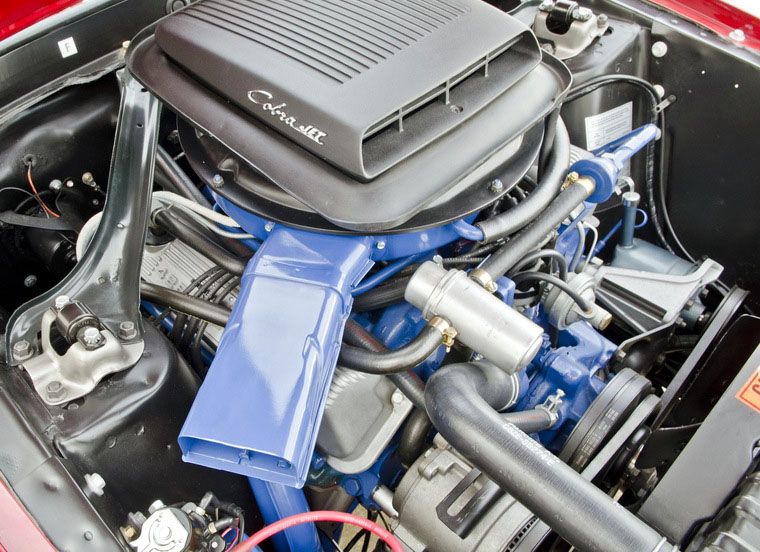
While the Cobra Jet 428 V8 engine had a short production run (1968-1970), its impact on the Mustang’s history was lasting.
With an advertised output of 335 horsepower and a staggering 440 lb-ft of torque, this engine was truly built for speed.
The secret to its formidable low-end punch lay in its massive intake and exhaust ports, which allowed a significant volume of air and fuel mixture to flow into the combustion chambers. Coupled with a high-lift camshaft, heavy-duty connecting rods, and forged piston.
One of the Cobra Jet’s defining features was its ram air induction system. The functional hood scoop wasn’t just for show; it forced cool, dense air into the engine, enriching the air-fuel mixture and enhancing power output.
This innovation was a precursor to modern cold air intake systems and showcased Ford’s engineering prowess in maximizing performance.
Ford Mustang engine options - 5.0L Coyote V8
Introduced in 2011, this engine pushed the boundaries of what a naturally aspirated V8 can achieve.
Its output has evolved over the years, with models producing anywhere from 412 to over 450 horsepower, depending on the model year and specific upgrades.
This feat was accomplished through advanced technologies like Twin Independent Variable Camshaft Timing (Ti-VCT), which optimizes the opening and closing of the engine’s valves for enhanced performance across the entire rev range.
One of the Coyote V8’s standout features is its high-revving capability. This engine’s ability to rev beyond traditional V8 limits – often up to 7,500 RPM or more—delivers a unique driving experience.
The Coyote V8’s lightweight aluminum block is another engineering triumph. This design not only reduces the engine’s overall weight but also contributes to improved fuel efficiency and better weight distribution, enhancing the Mustang’s handling characteristics.
The Coyote V8 continues to evolve, incorporating various improvements with each model year. It serves as the backbone of various high-performance Mustangs, including the GT and Bullitt models.
Ford Mustang engine options - 3.5L EcoBoost V6
In the evolution of the Ford Mustang, the 3.5L EcoBoost V6 engine emerges as a groundbreaking departure from tradition, embodying the marriage of performance and efficiency in the modern era.
Introduced in 2015, this engine challenged the notion that power and fuel economy were mutually exclusive, redefining the Mustang’s identity for a new generation of enthusiasts.
The heart of the EcoBoost V6 is a 3.5-liter turbocharged powerhouse that showcases Ford’s mastery of forced induction technology. It delivers an impressive balance between power and efficiency, often generating around 310 horsepower and 350 lb-ft of torque.
The EcoBoost isn’t just a buzzword – it’s a promise fulfilled. This engine demonstrates that performance can coexist with fuel efficiency.
The smaller displacement and turbocharging technology contribute to improved fuel economy compared to larger naturally aspirated engines, without sacrificing the excitement that defines the Mustang experience.
The introduction of the EcoBoost V6 engine brought a new dimension to the Mustang lineup. Beyond its efficiency, it offers an enticing option for drivers who seek a different kind of driving experience.
The EcoBoost V6-powered Mustangs provide a unique blend of performance and practicality, making them suitable for daily commuting and spirited weekend drives alike.
Ford Mustang engine options - SVT Cobra "Terminator" Supercharged V8
This is a limited edition engine in the Ford Mustang lineup Introduced in 2003 as a juggernaut that would dominate the streets and racetracks.
At the heart of the SVT Cobra Terminator engine is a 4.6-liter V8, supercharged to deliver unparalleled power. This force of nature generates a jaw-dropping 390 horsepower and 390 lb-ft of torque.
Ford’s SVT team didn’t just drop a supercharged engine into the Cobra; they enhanced the entire package. Upgraded suspension components, larger brakes, and specially tuned shocks and struts ensured that the “Terminator” was not just a straight-line wonder, but a capable handler that could conquer curves with finesse.
One of the “Terminator” engine’s defining features is its immense low-end torque.
The SVT Cobra “Terminator” quickly developed a cult following among enthusiasts who appreciated its blend of brute force and refinement.
Ford Mustang engine options - 2.3L EcoBoost
In a bold departure from tradition, the 2.3L “EcoBoost” 4-cylinder engine marks a new chapter in the Ford Mustang’s evolution, combining efficiency and performance with remarkable finesse.
Introduced in 2015, this engine challenged the notion that a smaller displacement could deliver the thrills synonymous with the Mustang’s legacy.
At the heart of the 2.3L “EcoBoost” engine lies a turbocharged 4-cylinder powerplant that redefines the possibilities of performance. While the displacement may be modest, the output is impressive, generating around 310 horsepower and 350 lb-ft of torque.
Key technologies like direct fuel injection and Twin Independent Variable Camshaft Timing (Ti-VCT) contribute to the engine’s dynamic performance.
The “EcoBoost”-powered Mustangs provide a blend of performance and practicality, making them versatile choices for both daily commuting and spirited weekend drives.
Ford Mustang engine options - Flat-Plane Crank V8
With a redline approaching 8,250 RPM, this engine feels like it’s begging to be pushed to its limits.
This unique powerplant is a work of art that combines high-revving exhilaration with a distinct exhaust note.
At the heart of the Ford Mustang GT350 engine is a 5.2-liter Flat-Plane Crank V8, a configuration that departs from the traditional cross-plane design.
This innovation results in a crankshaft where all the connecting rods are aligned in a single plane, promoting even firing intervals and a higher-pitched exhaust note. The result? A unique engine note that’s reminiscent of high-performance European sports cars.
The Flat-Plane Crank V8’s firing sequence not only creates a distinct sound but also allows the engine to rev to stratospheric levels.
Producing a hearty 526 horsepower and 429 lb-ft of torque, this engine delivers a harmonious blend of muscle and finesse.
With great power comes the need for efficient cooling, and the GT350’s engine doesn’t disappoint. An external oil cooler and a unique cooling system ensure that the engine remains in its optimal temperature range even during spirited driving.
Ford Mustang engine options - 4.6L V8
The 4.6L V8 engine is part of Ford’s Modular engine family, characterized by its versatile design and various applications. It evolved through different configurations, including single overhead cam (SOHC) and dual overhead cam (DOHC) setups, which had an impact on its power output and characteristics.
Introduced in 1996 and producing various iterations over the years, this engine has left an indelible mark on the Mustang’s heritage as a symbol of power, performance, and a tire-shredding roar.
The 4.6L V8 engine’s power output ranged from around 215 to over 300 horsepower, depending on the model year, configuration, and upgrades. Torque figures also varied, but the general theme was a solid low-end torque delivery, allowing for robust acceleration and a satisfying driving experience.
The transition from SOHC to DOHC configurations brought advancements like variable camshaft timing (VCT) to the 4.6L V8 engine. VCT optimized valve timing, enhancing performance and fuel efficiency across a broader range of engine speeds.
This innovation allowed for improved low-end torque while maintaining high-end power.
The 4.6L V8 engine found its home not only in standard Mustangs but also in various special editions and performance-oriented models. Vehicles like the Mustang GT and the Bullitt edition showcased the engine’s ability to deliver thrilling acceleration and a satisfying exhaust note.
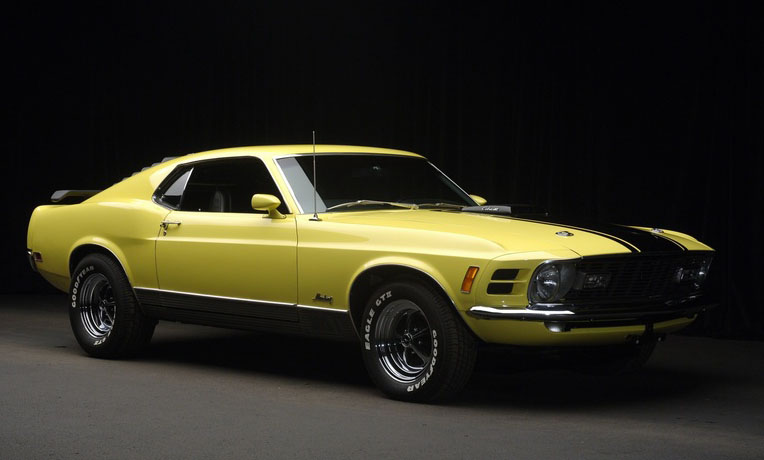
The Ford Mustang has etched an indelible mark in the automotive world and become a uniquely American symbol.
Also related articles ..

Best Ford Engines
We’ve got the scoop on the Best Ford Engines from daily drivers to high-performance vehicles.

